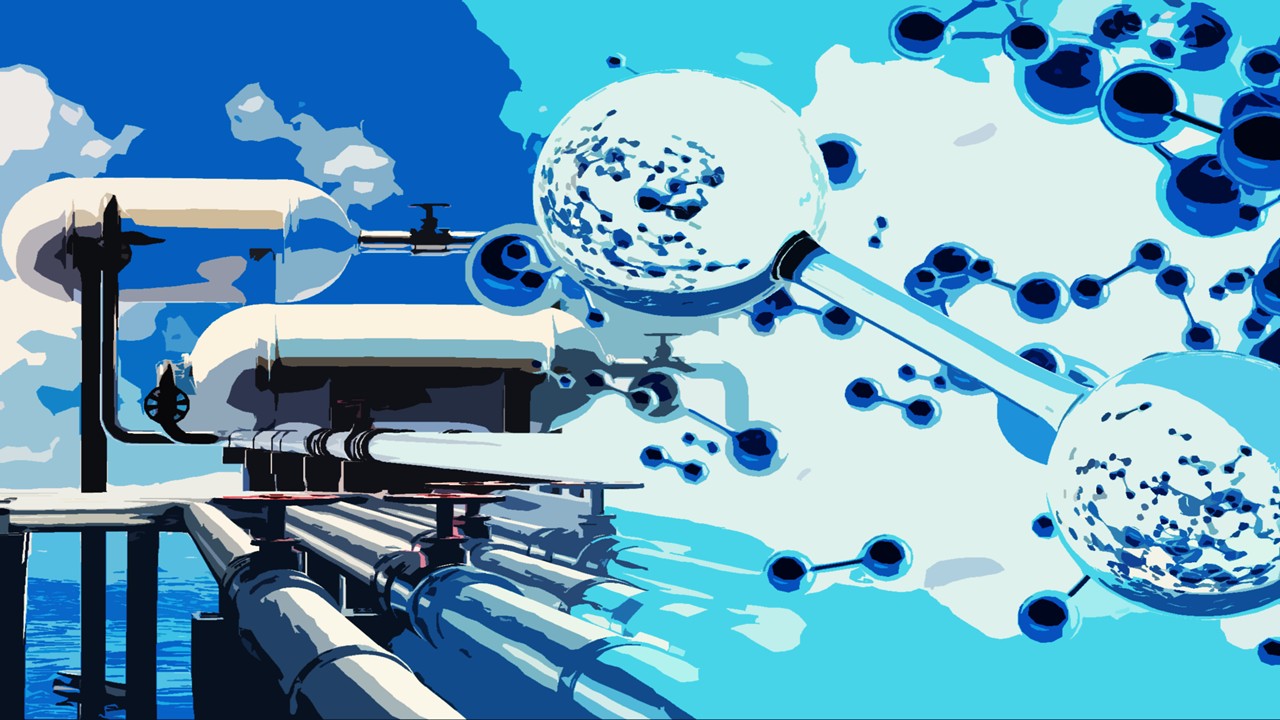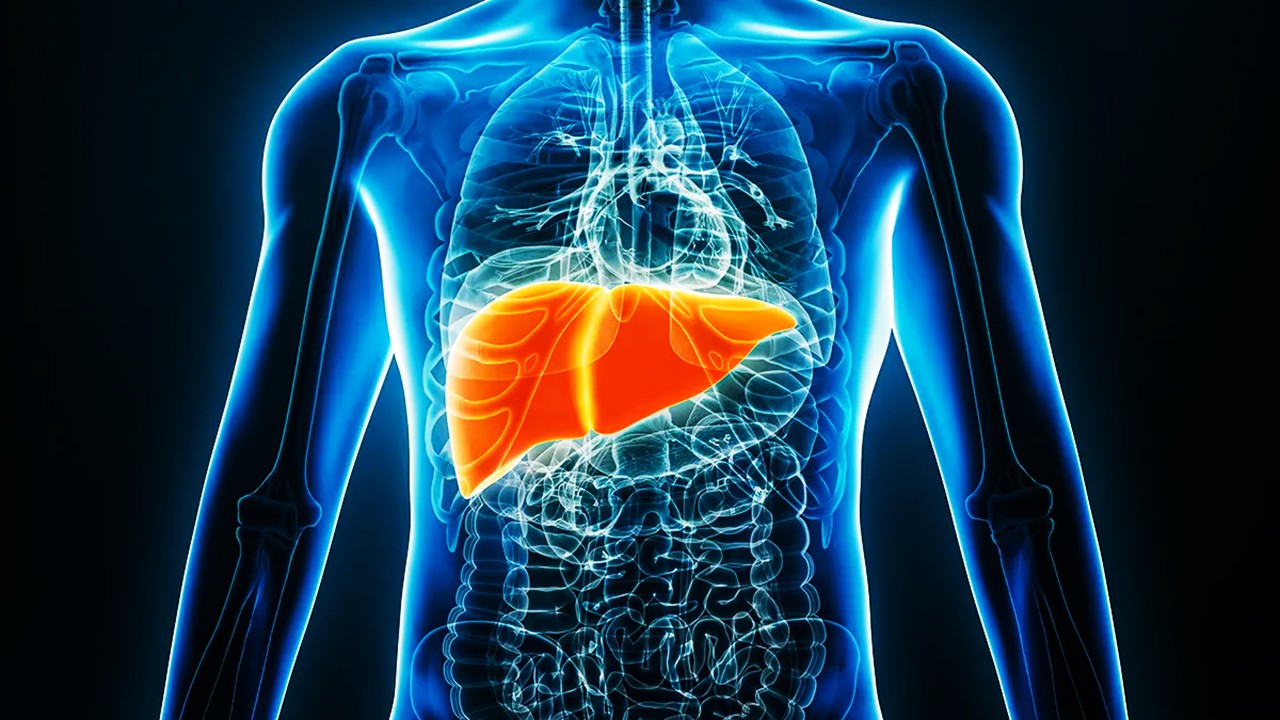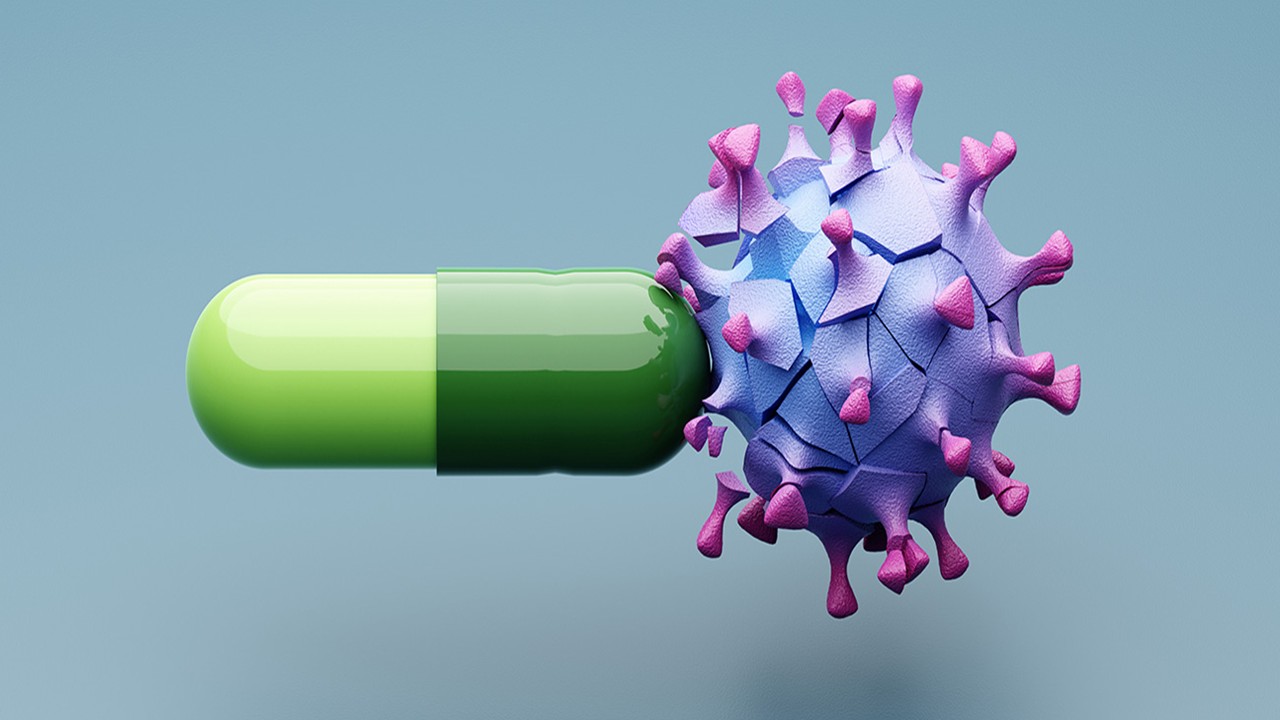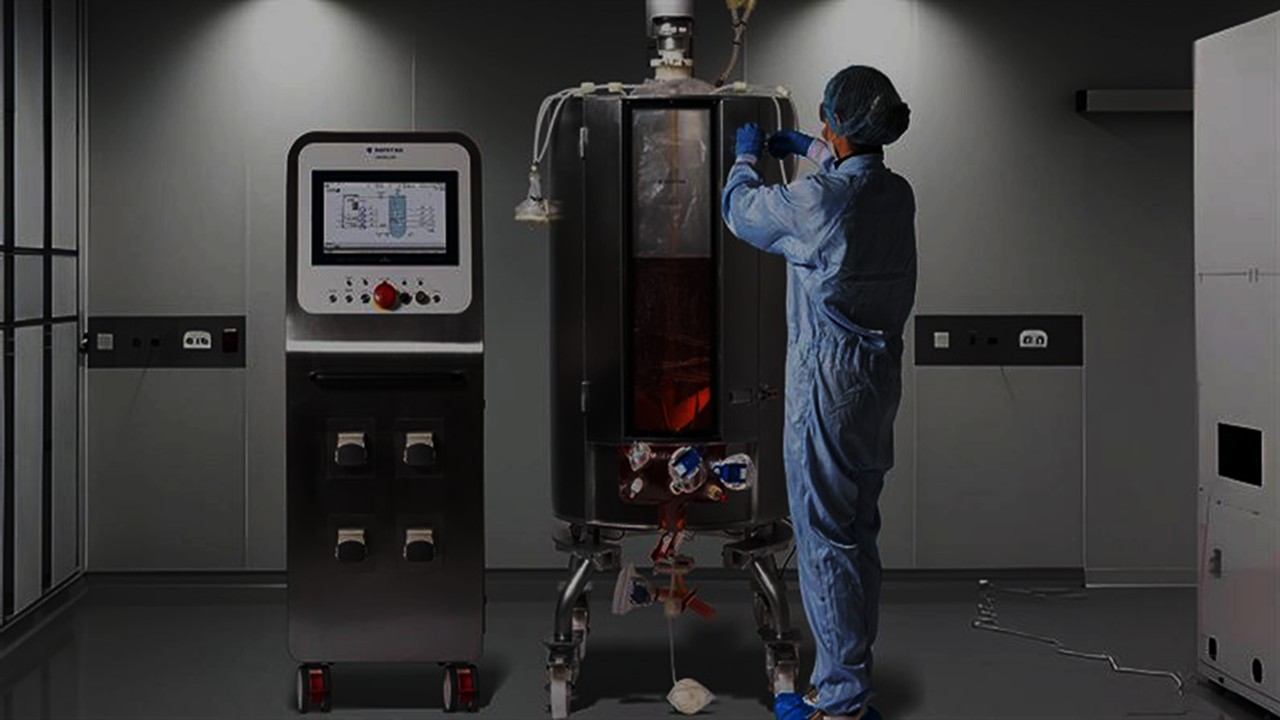The Emergence of Additive Manufacturing in Pharma: From Prototypes to Pills
Additive manufacturing, more widely recognized as 3D printing, has spent decades redefining aerospace, automotive, and prototyping industries. Its arrival in pharmaceuticals was not sudden—it crept in through research labs experimenting with controlled-release scaffolds and personalized dosages for narrow therapeutic index drugs. What began as a curiosity evolved into a revolution, as chemists, engineers, and clinicians saw its potential to redesign drug delivery at the molecular level. Unlike conventional batch manufacturing, which molds drugs into predetermined shapes and strengths, additive manufacturing allows the fabrication of complex geometries tailored to individual patient profiles.
In the pharmaceutical context, additive manufacturing is not merely about layering materials—it’s about controlling pharmacokinetics through spatial precision. By printing drugs layer by layer, researchers can manipulate release patterns, embed multiple active ingredients in discrete compartments, and design structures that respond to pH, enzymes, or temperature. This capacity for structural customization enables unprecedented control over bioavailability and therapeutic windows. It opens the door for polypharmacy formulations that previously required multiple pills, now merged into a single, engineered geometry that releases actives at distinct times and sites.
The real turning point came with the fusion of pharmaceutical-grade excipients and thermoplastic polymers engineered for drug compatibility. Techniques like fused deposition modeling (FDM) and selective laser sintering (SLS) were refined to preserve drug integrity under heat and shear. Meanwhile, inkjet-based deposition systems allowed for delicate bioactive compounds to be deposited with microliter precision. Additive manufacturing transitioned from academic experimentation to a viable production method—one capable of navigating the stringent constraints of drug stability, solubility, and shelf life.
Energy efficiency emerged as a critical pillar in this transition. Traditional pharmaceutical manufacturing involves massive energy expenditure—grinding, granulating, drying, compressing, coating—each step a discrete, power-intensive unit operation. Additive manufacturing consolidates many of these functions into a single digital process, driven by algorithms and deposition heads rather than mechanical bulk systems. The energy savings are not merely incidental—they are systemic, arising from the re-architecture of how dosage forms are conceptualized and produced.
Thus, additive manufacturing in pharmaceuticals is no longer a speculative technology. It is the next paradigm in drug production—simultaneously shrinking the factory, personalizing the product, and minimizing the environmental cost. Energy efficiency, once a peripheral benefit, has become central to the case for adoption. And in a world demanding both precision and sustainability, that convergence is no accident—it’s the logic of evolution.
Precision Meets Thermodynamics: The Engineering of Energy Efficiency
Behind every functional 3D-printed pharmaceutical lies an engineering dance of energy, motion, and material science. Unlike traditional drug manufacturing, where scale is achieved through repetition, additive manufacturing achieves precision through iteration—controlled microdepositions that coalesce into a final dosage form. This fundamental shift allows engineers to target energy use with surgical accuracy, rather than waste heat and torque on brute-force processes. Energy is no longer an afterthought—it becomes a design variable, modulated alongside geometry and release kinetics.
Energy-efficient additive systems rely on closed-loop feedback control, where thermal profiles, printhead motion, and deposition timing are monitored in real-time. Instead of heating bulk excipients, the system applies localized energy precisely where needed—melting a filament only at the nozzle or sintering a powder bed micron by micron. This reduces parasitic energy losses associated with heating entire vats, chambers, or tooling. The thermodynamics of drug deposition now operate in finely tuned regimes, balancing polymer flow, crystallinity, and active stability with energy conservation.
Material choice plays a critical role in energy consumption. Low-melting polymers and hydrogel-forming agents enable printing at reduced temperatures, while photosensitive resins allow UV curing instead of thermal fusion. These alternative pathways bypass the need for high thermal loads, particularly important when formulating with heat-sensitive compounds such as peptides, biologics, or volatile actives. Furthermore, the integration of smart materials—responsive to electrical fields, magnetic cues, or infrared radiation—enables low-energy post-processing to tune drug release properties without requiring additional manufacturing steps.
Architectural efficiency extends beyond thermodynamics. The geometries enabled by 3D printing—porous matrices, honeycomb lattices, spiral-layered drug cores—maximize surface area-to-volume ratios, enabling rapid dissolution without bulk mass. This structural efficiency translates into pharmacological potency per milligram, reducing the total drug load required for therapeutic effect. With less material and less energy, the same therapeutic output is achieved—a rare alignment of pharmacoeconomics and green engineering.
As additive manufacturing platforms continue to mature, energy efficiency is no longer framed as an environmental bonus—it is positioned as a fundamental technical achievement. By embedding sustainability into the very physics of drug production, additive manufacturing shows that efficiency and complexity need not be at odds. Rather, when engineering and pharmacology meet at the molecular scale, thermodynamic discipline becomes an enabler of clinical precision.
Beyond Shape: Functional Geometries for Personalized Pharmacokinetics
Personalized medicine has long promised tailored therapies based on genetic, metabolic, or behavioral data. Yet translating this promise into the pill has remained elusive—limited by rigid tablet molds and a one-size-fits-all industrial logic. Additive manufacturing breaks this impasse by making geometry itself a pharmacokinetic tool. Shape is no longer a container—it is a mechanism that determines how, where, and when a drug is released.
Complex internal architectures like compartmentalized cores, gradient matrices, or time-delay walls can be embedded directly into a single dosage form. For instance, a capsule printed with concentric rings may release one active immediately while holding another for distal intestinal release. Such design is impossible with traditional tablet pressing but trivial with multi-nozzle deposition systems. Patients with comorbidities requiring staggered dosing can receive a single capsule tailored to their metabolic timing.
Spatial heterogeneity can also modulate release through pH-sensitive layering. By constructing a drug core surrounded by pH-responsive excipients, manufacturers can engineer site-specific dissolution—ensuring that actives survive stomach acid and release only upon reaching the duodenum or colon. These site-selective designs are particularly relevant for biologics, live microbiome therapies, or anti-inflammatory drugs targeting localized inflammation. In each case, geometry becomes a map for drug delivery through the digestive terrain.
For pediatric and geriatric populations—where swallowing, dosing accuracy, and polypharmacy management are critical—additive manufacturing provides elegant solutions. Mini-tablets, chewables, or fast-dissolving films can be customized in taste, strength, and form factor. In elderly patients with dysphagia or children with dosage sensitivity, such customization is not a luxury—it is a requirement for compliance and efficacy.
Moreover, additive systems can link digital health tools to the fabrication process. A patient’s wearable data—such as glucose levels, sleep cycles, or blood pressure trends—can inform an algorithm that generates a personalized print file. The resulting dosage form is not only adjusted to body weight or genotype, but to the lived physiological reality of that patient on that day. It is not speculative to imagine a future where pills are printed in clinics, tailored in real-time based on biometric feedback. That future begins not in software, but in the geometry of the dose.
The Multi-Material Frontier: Hybrid Systems and Polymorphic Control
In traditional pharmaceutical manufacturing, each dosage form typically relies on a limited palette of excipients and a single release profile. Additive manufacturing subverts that limitation by enabling multi-material deposition, where disparate polymers, binders, and active pharmaceutical ingredients (APIs) coexist within a single object—layered, compartmentalized, or co-extruded into intricate functional topologies. This multi-material capability unlocks entirely new design regimes, where different drug release kinetics, tissue targets, or even drug-drug interactions can be embedded directly into the structure.
The engineering of multi-material systems demands careful control over polymer miscibility, mechanical integrity, and drug migration across interfaces. Each layer must adhere to the next without diffusion that would prematurely blend or destabilize actives. Advanced slicer algorithms now integrate computational models of diffusion, crystallization, and degradation to simulate the behavior of each material layer under storage and in vivo conditions. These predictions allow pharmaceutical scientists to fine-tune composition and geometry for controlled dissolution and therapeutic delivery.
One of the most compelling advantages of multi-material 3D printing is the ability to manipulate polymorphism—the physical form in which a drug crystalizes. Certain polymorphs dissolve faster, others remain stable longer, and some exhibit dramatically different bioavailability. Through thermal and pressure gradients applied during the print process, additive manufacturing allows precise control over which polymorph is formed, and where. For compounds like ritonavir, carbamazepine, or indomethacin—where polymorphic instability has historically caused formulation failures—this level of control is transformative.
Furthermore, smart layering permits the inclusion of incompatible compounds within the same unit. Drugs that would normally react or degrade when mixed in the same blend can now be printed in separate compartments, isolated by inert barriers or time-dependent release shells. This is especially valuable in oncology or psychiatric treatments, where polypharmacy is common and the drug combinations must remain pharmacologically isolated until administration.
As printhead technologies evolve, the integration of microfluidics and in situ crosslinking is enabling even finer control over deposition. These systems can incorporate hydrogels, liposomal carriers, or biodegradable nanoparticles in specific zones of the printed dosage form. The result is a hybrid architecture that transcends what was previously possible—an engineered matrix where material science, chemistry, and thermodynamics converge into a single functional object.
Manufacturing at the Point of Care: Clinics as Pharmacies, Printers as Pharmacists
The decentralization of pharmaceutical manufacturing is not just a technical possibility—it is a clinical necessity. In remote areas, military zones, or low-resource settings, access to complex medications is often limited by cold chain logistics, supply bottlenecks, and inflexible production schedules. Additive manufacturing offers a bold solution: print the drug at the point of care, bypassing the entire global supply chain and tailoring the formulation to the specific patient, clinician, or epidemiological context.
These clinic-based printers operate under stringent parameters—validated material cartridges, locked formula templates, and real-time telemetry to ensure regulatory compliance. Pharmacists or clinicians input patient-specific data, and the system generates a unique pill geometry, adjusted for body weight, organ function, or comorbid medications. The entire process—from prescription to print to packaging—can be completed in hours, not days or weeks.
This model enables not just responsive medicine but anticipatory care. In oncology, for example, as tumors mutate and resistance emerges, clinicians can rapidly switch therapeutic regimens and generate personalized combination therapies without waiting for factory-produced batches. In infectious disease outbreaks, custom antivirals or antibiotics can be fabricated on-site as soon as genetic sequences or resistance profiles become available, accelerating response time and reducing transmission.
Pharmacovigilance also benefits from this architecture. Each printed dosage form can contain embedded identifiers—QR codes, microchips, or radio-frequency tags—that link to patient records and treatment plans. These digital markers ensure traceability, prevent counterfeiting, and allow real-world efficacy tracking. The integration of blockchain or cloud-based audit systems further enhances data integrity, regulatory reporting, and supply chain transparency.
Of course, such decentralization demands rigorous regulatory frameworks. Authorities are already exploring standards for point-of-care manufacturing, focusing on materials certification, process validation, and device interoperability. The pharmaceutical printer becomes not just a machine, but a regulated production facility, monitored as tightly as a GMP-certified plant.
Thus, the clinic of the future is not simply a place of diagnosis—it is a dynamic node in a decentralized manufacturing network. Here, therapy is not dispensed—it is constructed, computed, and delivered with precision, care, and thermodynamic grace.
Regulatory Landscapes and Quality by Design in Printed Pharmaceuticals
As with any disruptive technology, the path to clinical integration for additive manufacturing in pharmaceuticals runs through the regulatory labyrinth. But unlike previous production innovations, 3D printing challenges the foundational assumptions of quality control, batch consistency, and process validation. It forces a shift from Quality by Testing (QbT) to Quality by Design (QbD), where control is built into every layer, voxel, and print path.
The first regulatory milestone came with the approval of Spritam—a 3D-printed levetiracetam tablet—marking the U.S. Food and Drug Administration’s formal acknowledgment of additive manufacturing as a legitimate production modality. Since then, agencies have scrambled to formulate comprehensive frameworks that account for the unique challenges of layer-wise manufacturing, digital blueprints, and on-demand variability. These frameworks must assess not just the final product but the entire digital thread from CAD file to post-processing.
Process analytical technology (PAT) becomes central in this environment. Real-time monitoring of printhead velocity, extrusion temperature, and deposition accuracy allows for immediate detection of defects and deviation. These systems feed into closed-loop corrections, ensuring that even in variable environmental conditions, each dosage form meets predefined critical quality attributes (CQAs). In essence, every pill is a self-contained, data-rich unit of traceable compliance.
The challenge lies in balancing flexibility with control. Additive manufacturing allows for variation in geometry, dose, and structure—but regulators must ensure that this variability is bounded within safety and efficacy thresholds. New statistical models, such as modular parametric risk maps or Bayesian learning systems, are being developed to predict the clinical implications of geometric deviations or material substitutions. These models help validate print designs not only by mass but by function.
Moreover, digital twins of the manufacturing process—virtual replicas that simulate each print in real-time—offer a pathway for predictive validation. These twins can stress-test a design under different thermal loads, printer calibrations, or material inconsistencies, identifying potential failures before the physical drug is ever made. This is a profound departure from traditional methods, where validation occurs post hoc, and defects emerge after distribution.
Ultimately, the regulatory embrace of additive manufacturing will hinge on the industry’s ability to embed quality into code, precision into polymer, and trust into every printed molecule. When each tablet becomes both a therapy and a data point, compliance is no longer a document—it’s a digital certainty.
Sustainability by Design: Minimizing Waste, Maximizing Impact
In an industry historically constrained by overproduction, low yield efficiencies, and post-production waste, additive manufacturing introduces a radical inversion of the pharmaceutical sustainability equation. By fabricating only what is prescribed, only when it is needed, and only with the exact quantities of each component, 3D printing minimizes excess at every level of the supply chain. Waste in the form of bulk excipient overages, rejected tablets, and unused inventory becomes an avoidable design flaw rather than an accepted operational cost.
This paradigm shift is rooted in a concept called “digital lean manufacturing”—a synthesis of just-in-time production with virtual process orchestration. Traditional pharmaceutical plants operate on economies of scale, often producing massive batches to justify energy and tooling costs. The result is stockpiles of drugs that may expire unused, particularly in volatile therapeutic sectors like oncology or infectious diseases. Additive manufacturing, by contrast, responds to demand curves with digital agility. A single printer can pivot between drugs, dosages, and patients with only software-level adjustments.
From a materials perspective, the reduction in overprocessing is equally significant. In conventional processes, significant energy is consumed in drying granules, compressing powders, and coating tablets—often resulting in yield loss due to mechanical stress or formulation breakdown. Additive systems, especially those using hydrogel, inkjet, or laser sintering platforms, bypass many of these steps. Post-processing is limited to stabilization or packaging, avoiding the energy-intensive burdens of traditional downstream operations.
Packaging, too, undergoes a transformation. Personalized dosing allows for minimal, recyclable packaging instead of the default plastic blister packs designed for mass distribution. Because each medication is designed for an individual, there is no need to overpackage for universal labeling or broad stability requirements. Eco-friendly, biodegradable materials can be optimized for individual storage durations rather than arbitrary shelf-life expectations.
Moreover, because additive platforms are inherently data-rich, manufacturers can monitor material usage, energy consumption, and carbon footprint in real time. These metrics provide actionable insights for lifecycle assessments, ESG compliance, and optimization of production efficiency. Sustainability ceases to be a retrospective certification; it becomes a dynamic, integrated feature of every manufacturing run.
In a world increasingly attentive to the environmental cost of precision medicine, additive manufacturing stands out not only for its technical prowess but for its ecological restraint. It makes personalized care scalable without multiplying its planetary burden—proof that innovation can be both individualized and intergenerational in its thinking.
Convergence, Constraints, and the Molecular Future
The rise of energy-efficient pharmaceutical additive manufacturing signals more than a new production modality—it marks the dawn of a molecular design culture in medicine. One where drugs are no longer industrial monoliths but dynamically shaped, digitized expressions of therapeutic need. And yet, the road ahead is neither linear nor frictionless. The convergence of biology, materials science, and software engineering brings with it tensions—technical, regulatory, and cultural.
First, there are unresolved integration challenges. Additive manufacturing systems must coordinate seamlessly with electronic health records, diagnostic platforms, and clinical workflows. Without interoperability, the dream of on-demand drug printing collapses into logistical bottlenecks. Engineers must design interfaces that translate patient data into pharmacological blueprints while ensuring security, traceability, and interpretability across systems.
Second, there remains a knowledge gap between the pharmaceutical and engineering domains. Most formulation scientists are not trained in thermal modeling or mechatronic calibration, just as most additive engineers lack pharmacokinetic intuition. Bridging this divide will require new educational pipelines—interdisciplinary programs that merge drug delivery science with systems control, materials rheology with medicinal chemistry.
There are also sociocultural hurdles. Healthcare institutions accustomed to centralized drug distribution may resist the disruption of print-on-site models. Pharmacists may need recredentialing to operate and validate biopharmaceutical 3D printers. Regulators must adapt their frameworks without eroding public trust. These are not insurmountable barriers, but they require proactive stakeholder engagement and thoughtful policy design.
Finally, the greatest promise lies in the full convergence of additive manufacturing with systems biology and artificial intelligence. As machine learning platforms predict optimal drug regimens based on multiomic data, printers can act as biological compilers—translating algorithmic insight into molecular output. This creates a closed loop of diagnosis, modeling, and manufacture, where each dose is as unique as the disease trajectory it addresses.
In this future, the pill is no longer the endpoint of pharmaceutical design—it is the interface. A printed node that embodies biology, chemistry, and computation in a single act of synthesis. Energy-efficient additive manufacturing is not merely a new way to make drugs—it is a new way to think about them: modular, responsive, and attuned to the contours of life itself.
Engr. Dex Marco Tiu Guibelondo, B.Sc. Pharm, R.Ph., B.Sc. CpE
Editor-in-Chief, PharmaFEATURES

Subscribe
to get our
LATEST NEWS
Related Posts

Chemistry, Manufacturing & Controls
The Hydrogen Equation: Rewriting Chemical Manufacturing for a Cleaner Future
Clean hydrogen symbolizes more than low emissions—it represents a commitment to circularity, precision, and regenerative design.

Chemistry, Manufacturing & Controls
The Biomass Imperative: Nature’s Chemical Feedstock for a Post-Petroleum World
The transition from fossil to biomass feedstocks represents more than substitution—it’s a fundamental reimagining of chemical manufacturing’s first principles.
Read More Articles
Mini Organs, Major Breakthroughs: How Chemical Innovation and Organoids Are Transforming Drug Discovery
By merging chemical innovation with liver organoids and microfluidics, researchers are transforming drug discovery into a biologically precise, patient-informed, and toxicity-aware process.
Tetravalent Vaccines: The Power of Multivalent E Dimers on Liposomes to Eliminate Immune Interference in Dengue
For the first time, a dengue vaccine candidate has demonstrated the elusive trifecta of broad coverage, balanced immunity, and minimal enhancement risk,













